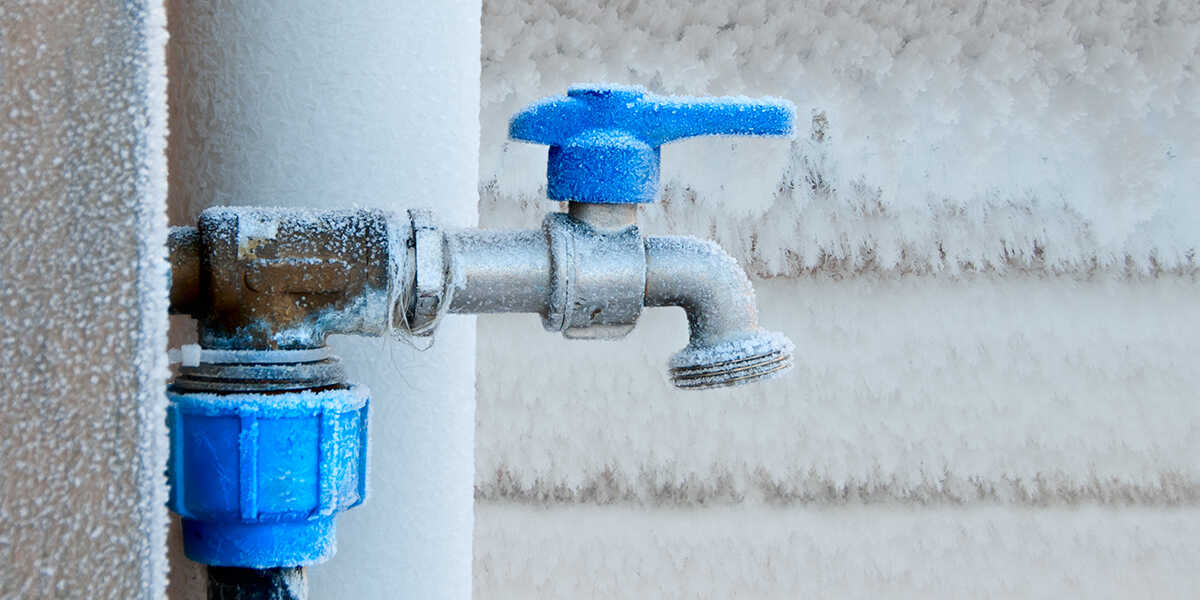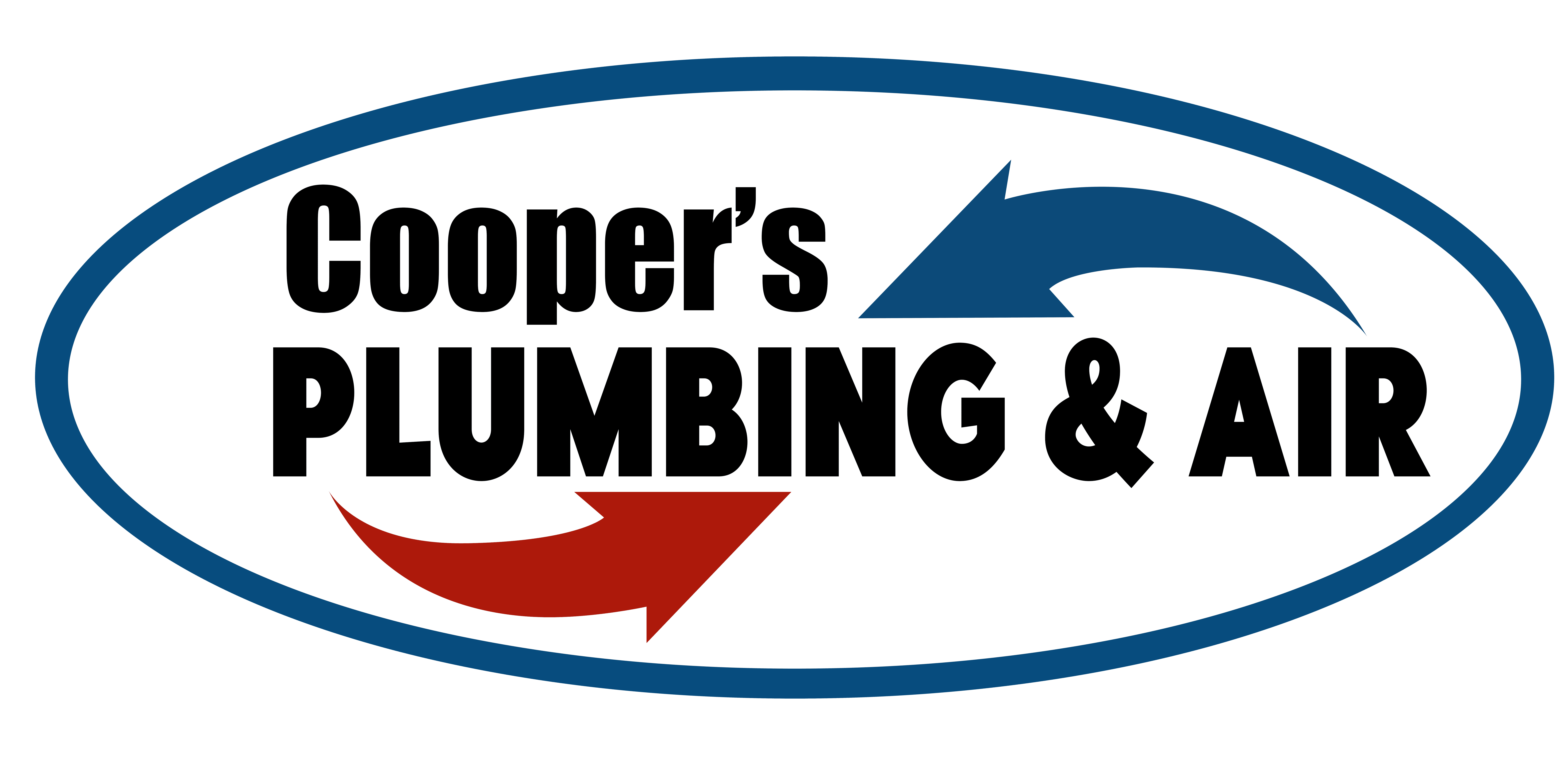
If you struggle with frozen pipes, call Cooper’s Plumbing & Air for fast and efficient emergency services.
Despite the warmth common in the state during late spring and summer, Georgia weather can get exceptionally cold during the winter. In an area where construction workers and plumbers adapted properties and plumbing to a warmer climate, you can be unprepared for a cold front. For example, you may wonder, “Should I turn off water if my pipes are frozen?”
Thankfully, you have access to expert plumbers in Bainbridge, GA, who can help you with frozen plumbing. Read more to learn how to address frozen pipelines and when to call a plumber to fix the problem.
How to Find Out if Your Pipes Froze
Water freezes at 32 degrees Fahrenheit or 0 degrees Celsius. Since many Georgia properties cater to warmer climate conditions, you may not have as much insulation protecting the pipes. Usually, pipes freeze at the same temperatures as water.
Generally, you should leave your faucets dripping during colder temperatures, especially once the weather reaches or stays below 32 or 0 degrees for several hours. The continuous flow helps prevent stagnant water that freezes more easily.
However, different circumstances can prevent you from allowing your faucets to drip. When you have the time to check, turn on the faucet at full pressure. If only a dribble comes through, your pipes likely froze over.
Addressing Frozen Pipes
Different types of plumbing pipes can handle different conditions, but all of them can potentially break under excessive pressure. What should you do if you notice your pipes froze over?
#1. Turn off the Main Line
So, should I turn off the water if the pipes are frozen to prevent a burst pipe? Yes, your first step should be to use the shutoff valve on your water’s main line.
Turning off the main water line can prevent a backup behind the frozen section in your pipe. The additional water will not cause more pressure, reducing the chances of a burst pipe.
#2. Keep the Faucets On
With the water line off, keeping the faucets can seem counterintuitive or useless. However, the frozen water in the pipe needs to have a place to go if you manage to thaw it. Moreover, different heating methods can cause the water to become steam, which can cause pressure to build up.
Leaving the faucets on allows melted water and steam to escape the pipeline. Keep the faucets turned completely on until all the water flushes out and nothing else comes afterward.
#3. Thaw the Pipes
Thawing the pipes means heating the pipes enough to cause the frozen water inside to melt and come out of the faucet. This process should release the inside pressure and eliminate the risk of a burst pipe emergency. Of course, you mainly have two different types of pipes in your building: exposed and hidden.
Exposed Pipes
Exposed pipes require considerably less technical prowess. You can wrap heated towels or insulation around exposed pipes to warm them. Space heaters, electric pipe heat tape, or hair dryers can also provide heat.
You can call a plumber to help with this step if you aren’t sure what to do or you don’t have the tools to do it.
Hidden Pipes
Concealed pipes can seem harder to warm up, but if you have a functioning heating system, you can try. Turn the heater on and allow the property to warm up. Warmer walls mean the concealed pipes receive some of the radiating heat, helping the frozen water melt.
If you have infrared lamps, use them to heat the pipes through the walls. In more drastic situations, you may need to remove part of the wall to expose the hidden pipes and heat them directly.
In general, you should call an expert plumber for hidden pipes to reduce potential property damage.
What Not To Use
Although you could defrost your frozen pipes with items you have at home, you should not use some tools on your pipes. Even though open flame devices can produce a lot of heat, do not use them on any pipelines on your property:
- Kerosene
- Blowtorch
- Propane heater
- Charcoal stove
- Any other devices with open flames
Using these devices can permanently disfigure or damage your piping. Instead, use the other options mentioned before or call a plumbing specialist for help.
The Frozen Pipe Cycle
When you first notice that pipes in your building might have frozen over, you should start working as soon as possible. Follow these steps for immediate plumbing care before an expert arrives:
- Check: Turn on the faucets on your property. If one of them only dribbles water, the pipeline likely froze.
- Turn Off: Turn off the main water line to prevent more water from building up behind the frozen section of the pipe.
- Heat: Use the safe methods mentioned above to heat the pipes as much as you can. If you don’t have what you need to heat the pipes, call a plumbing specialist for help.
- Flush: Once the heating methods start working, water, sometimes with steam, will come out of the pipe. Keep the pipe heated while you increase the temperature around your property.
- Turn On: Turn the main water line back on and ensure you cleared the pipe.
- Check: Continue looking for any other faucets with dribbling flow to ensure you’ve addressed all frozen pipelines. If you find another frozen pipe, start from Step 2.
Georgia Homes Need Expert Plumbing
“Should I turn off the water if the pipes are frozen,” tends to be one of several questions homeowners ask in preparation for colder temperatures. Now, you know the facts behind frozen pipe care and who to trust to follow a checklist for plumbing maintenance, and consult when there’s no water in your home.
Cooper’s Plumbing & Air has over 20 years of experience unfreezing pipelines in Bainbridge homes. For high-quality customer service and emergency plumbing care, call (866) 464-7132 or visit our contact page today.
